London, 25 April 2018 – I ended up touring London on my own due to an emergency resulting in changes for my travel buddy’s plans.
Fortunately, even if I was somewhat unprepared, London is a city which lends itself remarkably well to a do-it-yourself walking tour. Arm yourself first with comfortable shoes, pray for strong knees and that your coat is warm enough if you do this during the colder season and you will be good to go. Oh, and tuck in a water bottle and some snacks too, if in case you want to save time instead of stopping for a sit-down meal.
Another very useful thing to have is internet connection. Instead of saddling yourself with a paper guidebook or map, and looking very obviously like a befuddled tourist, you can use your smartphone to do research beforehand, and plot out your course while on your way.
This is a post of what I was able to do within 10 hours of just exploring London on my own by walking.
The train travel on the Underground was only for getting to my first destination (Tower of London), and from the last place I visited (Picadilly Circus) back to where I was staying near Russell Square.
1. RUSSELL SQUARE
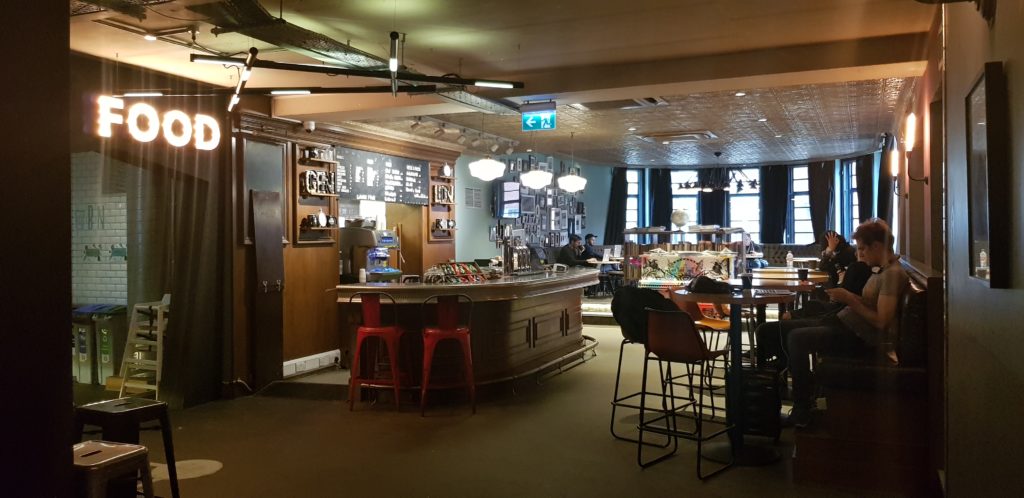
I stayed at Generator Hostel which was quite near to Russel Square Station on the Underground. This hostel is also within walking distance to King’s Cross and is ideal for any long distance trips you might have to do with London as a base.
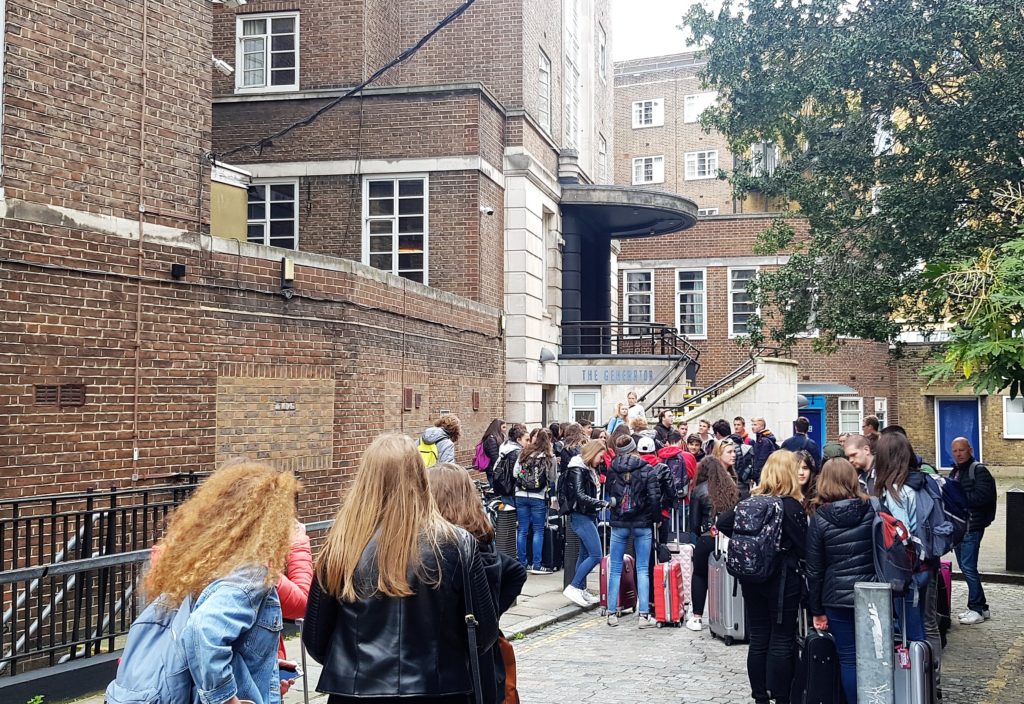
Review for this hostel to follow later (feel free to remind me if this does not pop out a month after this post).
2. TOWER OF LONDON
Located on the north bank of the River Thames in Central London, it has played a prominent role in English history. A fortress and a prison is what comes to mind but I sometimes forget that it too is a palace.
I took the train from Russel Square and exited at Tower Hill Station. I had limited time, hence I opted not to pay for getting inside. Besides as of this visit, adult prices would have meant forking out £26.80 for walk-in for the day or £22.70 for online price (too late already as I was already there) or £25.00 if with donation.
I was content to view it from the outside, as there was also information which you could read about it from signs placed for those who were strolling by the side of the Tower.

You can also see two more London landmarks especially if you move to the side of the river Thames – the next one on this list, and the magnificent Shard.
3. TOWER BRIDGE
I had the mistaken idea that the Tower Bridge was the London Bridge everybody was singing about. The true-blue London Bridge is ordinary looking while the Tower Bridge’s iconic structure is eye-catching.
If you chose to go the eye-catching bridge, you can enjoy the spectacular panoramic scenery, and seeing London life through the Glass Floor. There are a couple of exhibitions and the Victorian Engine rooms where you will come face to face with authentic and well-maintained coal-driven machinery which once lifted this bridge’s 1000 tonne bascules. You can get a discount if you buy a ticket online. For adults, you would pay £ 8.70 instead of £ 9.80.
I skipped entering as I could already see the spectacular scenery from where I was pacing to and fro on the bridge itself.
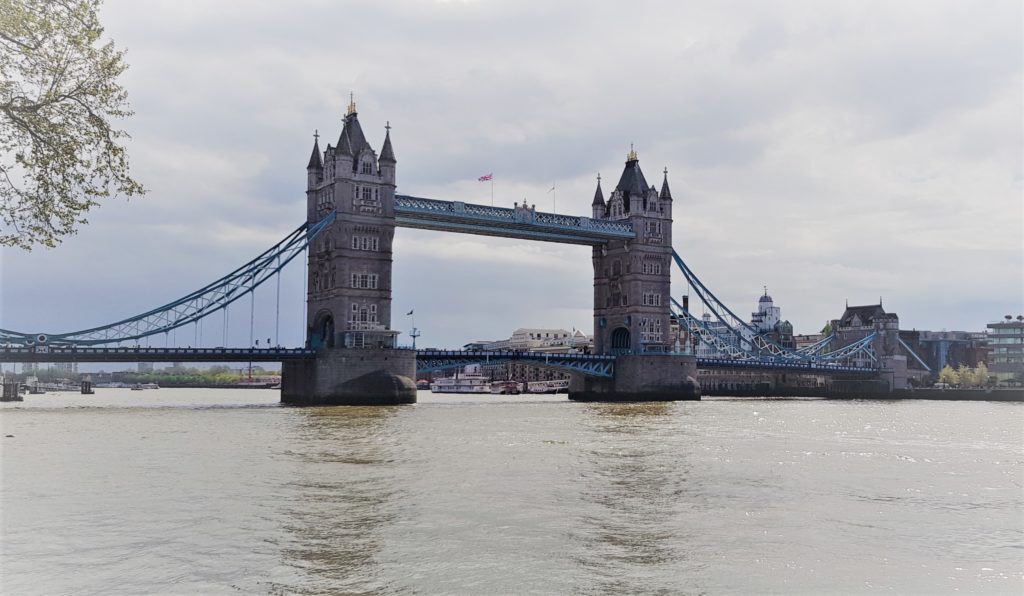
Coming from the Tower of London side, and passing through the Tower Bridge, you continue walking and come across a small public park called Potters Fields Park. I saw some people sitting around and eating or drinking and enjoying whatever sun’s rays passed the clouds that morning.
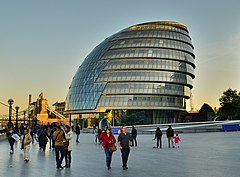
This park is by the side of London City Hall which in itself is an eye-catching glass structure designed by Norman Foster. The City Hall has a bulbous shape which was deliberately designed with the intent to reduce its surface area and thus improve energy efficiency. Though I am puzzled, because after all the glass enclosing it would surely still result in some heat or energy loss?
4. HAY’S GALLERIA
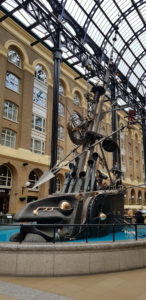
Moving on after looking at the glass City Hall, I walked until I saw the sculpture of “The Navigators”, which commemorates this area’s shipping heritage.
Hay’s Galleria was named after its original owner, the merchant Alexander Hay. William Cubitt converted it into a wharf around an enclosed dock and it was renamed in 1856 to Hay’s Wharf.
In the 19th century, this was a chief delivery point for ships bringing tea to the city. By the end of the century, 80% of the dry produce imported to London passed through the wharf, and on this account the Wharf was nicknamed the “Larder of London”. The Hay’s Wharf quayside has been carefully restored and is now called Hay’s Galleria.
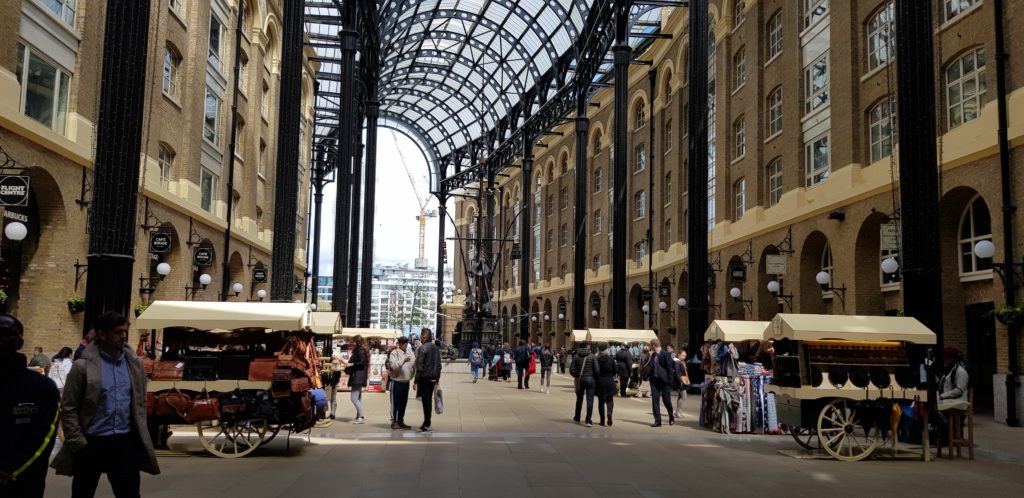
5. LONDON BRIDGE
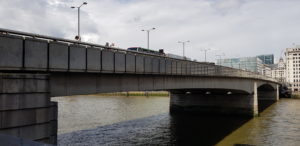
The current bridge was opened to traffic in 1973. It is a box girder bridge built from concrete and steel and which replaced a 19th-century stone-arched bridge.
The stone-arch bridged superseded a 600-year-old stone-built medieval structure. which in turn was preceded by a succession of timber bridges, the first of which was built by the Roman founders of London.
To put it mildly, I was a bit disappointed. Maybe they could have just built a replica of the 19th century bridge because for me the current crossing was a bit of a blah and a ho-hum.
6. THE SHARD
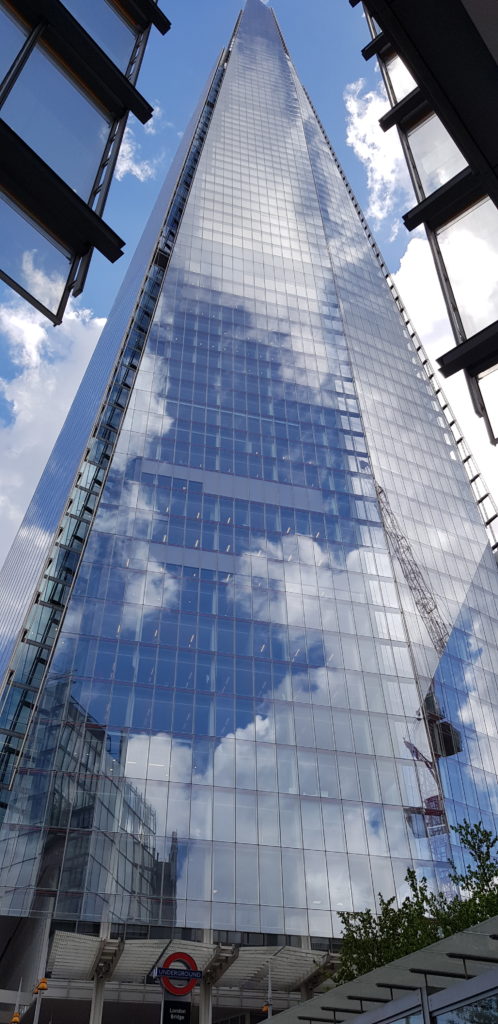
Also known as as Shard of Glass, Shard London Bridge, and also formerly known as London Bridge Tower, this is a 95-story skyscraper. At 309.7 meters 91,016 ft.) high, this is the tallest building in the UK. As of this writing, this is the tallest building in the EU, the 96th tallest building in the world, and the fifth tallest building in Europe.
Renzo Piano, the building’s architect proposed a sophisticated use of glazing, with expressive facades of angled glass panes intended to reflect sunlight and the sky above. Hence, the appearance of the building will change according to the seasons and weather. Pretty awesome!
7. SOUTHWARK CATHEDRAL and BOROUGH MARKET
By happy accident, because of the way I got turned around on my way to The Shard, I noticed this cathedral. Then when I neared it, my nose twitched and I got a waft of grilling meat. Which in turn led to my finding the market. Isn’t that good traveling karma?
Southwark Cathedral or the Cathedral and Collegiate Church of St. Saviour and St. Mary Overie has been a place of Christian worship for more than 1,000 years, but a cathedral only since the creation of the diocese of Southwark in 1905.
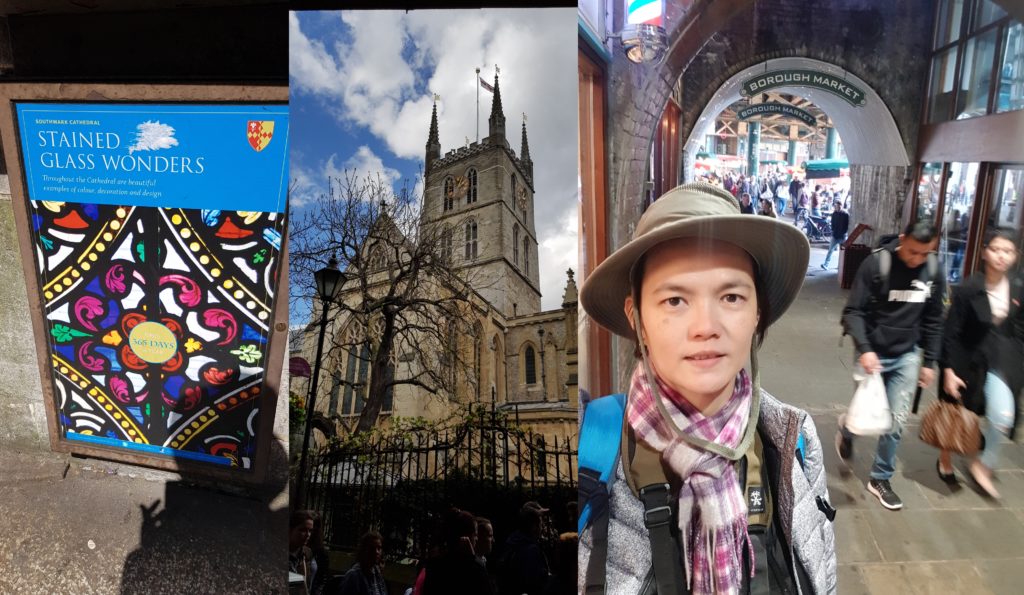

Borough Market is one of the largest and oldest markets in London, dating back to at least the 12th century! The present buildings were built in the 1850s. Today the market mainly caters specialty foods to the public.
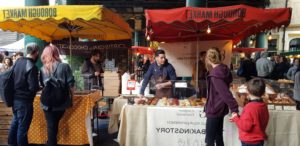
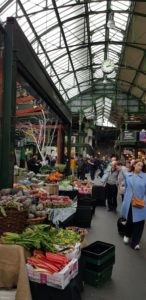
8. THE LOW LINE
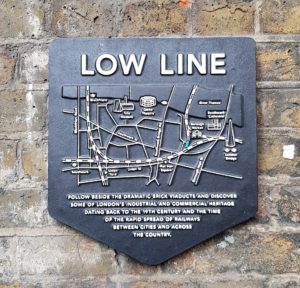
It is said to be an emerging walking route alongside the base of the viaduct along Bankside, linking London Bridge and Waterloo Stations.
It is London’s response to New York’s High Line, but instead of walking along the top of railway viaducts this route takes one along the bottom of the many viaducts that populate the area south of the Thames.
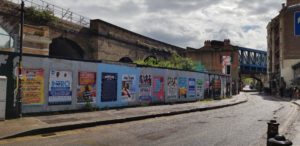
9. THE ORIGINAL SHAKESPEARE’S GLOBE
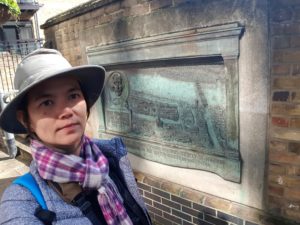
I was on my way to Shakespeare’s Globe, and on one of the side streets I turned to, I came upon this sign. The original theater was built in 1599 Shakespeare’s playing company, the Lord Chamberlain’s Men, destroyed by fire in 1613, rebuilt on the same site in 1614, and then demolished in 1644.
Also near here, you will find the unofficial historic site of the Rose Theater. It’s building foundations were rediscovered in 1989. This London playhouse was built by Philip Henslowe and was in active use from 1587 until about 1605.
10. SHAKESPEARE’S GLOBE
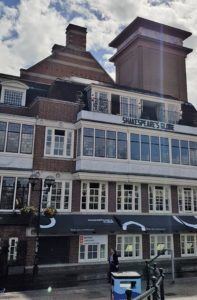
A modern reconstruction of the Globe, which was named “Shakespeare’s Globe” was opened in 1997 approximately 750 feet (230 m) from the site of the original theater.
To be continued in the second half.
Except when indicated that photo is from the internet , all images © 2018 Catherine Herrera